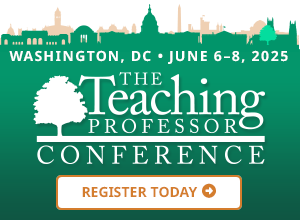Teaching Concerns of New (and Not So New?) Teachers
The list of concerns was compiled from a qualitative analysis of 10 years of graduate teaching assistants’ online discussion posts. The 120 students wrote the posts in a three-credit course that prepared them to teach beginning communication courses. It’s a list that raises some interesting questions. Are the concerns legitimate? They are listed in order of importance. Does that order change as teaching experience accrues? Should it change? Which of these are ongoing concerns, and perhaps, most importantly, how do we deal with the issues raised by the concerns?



